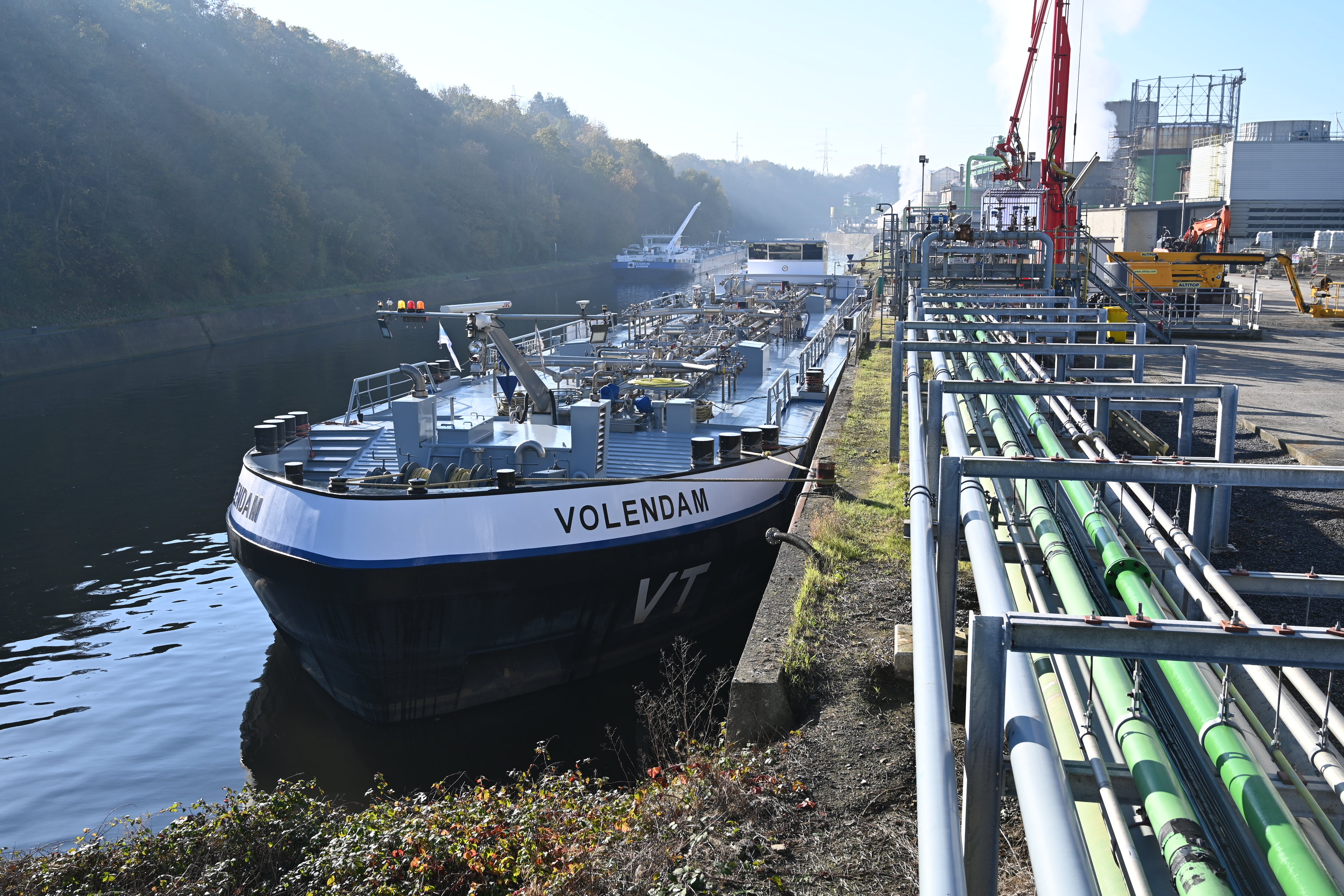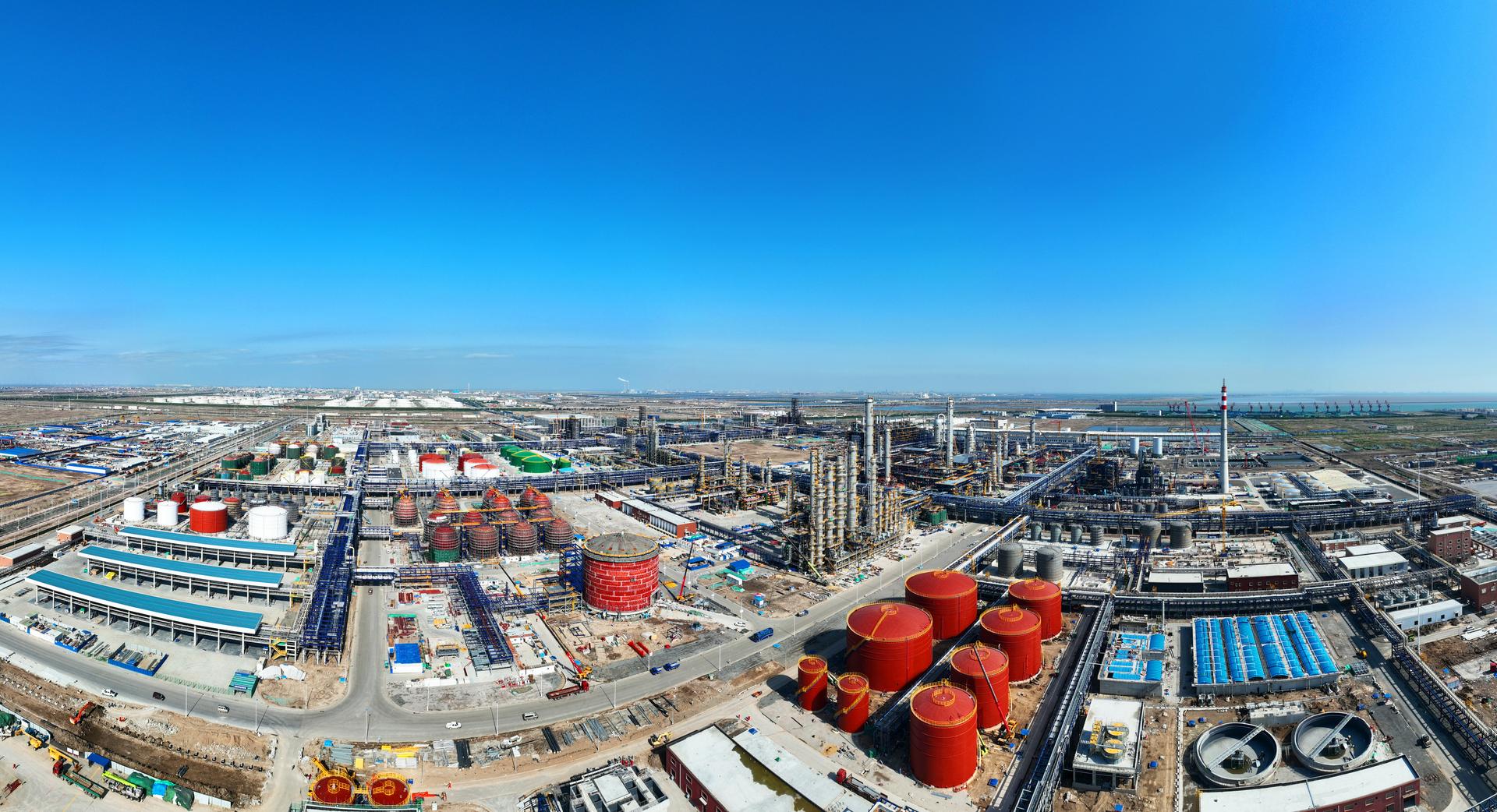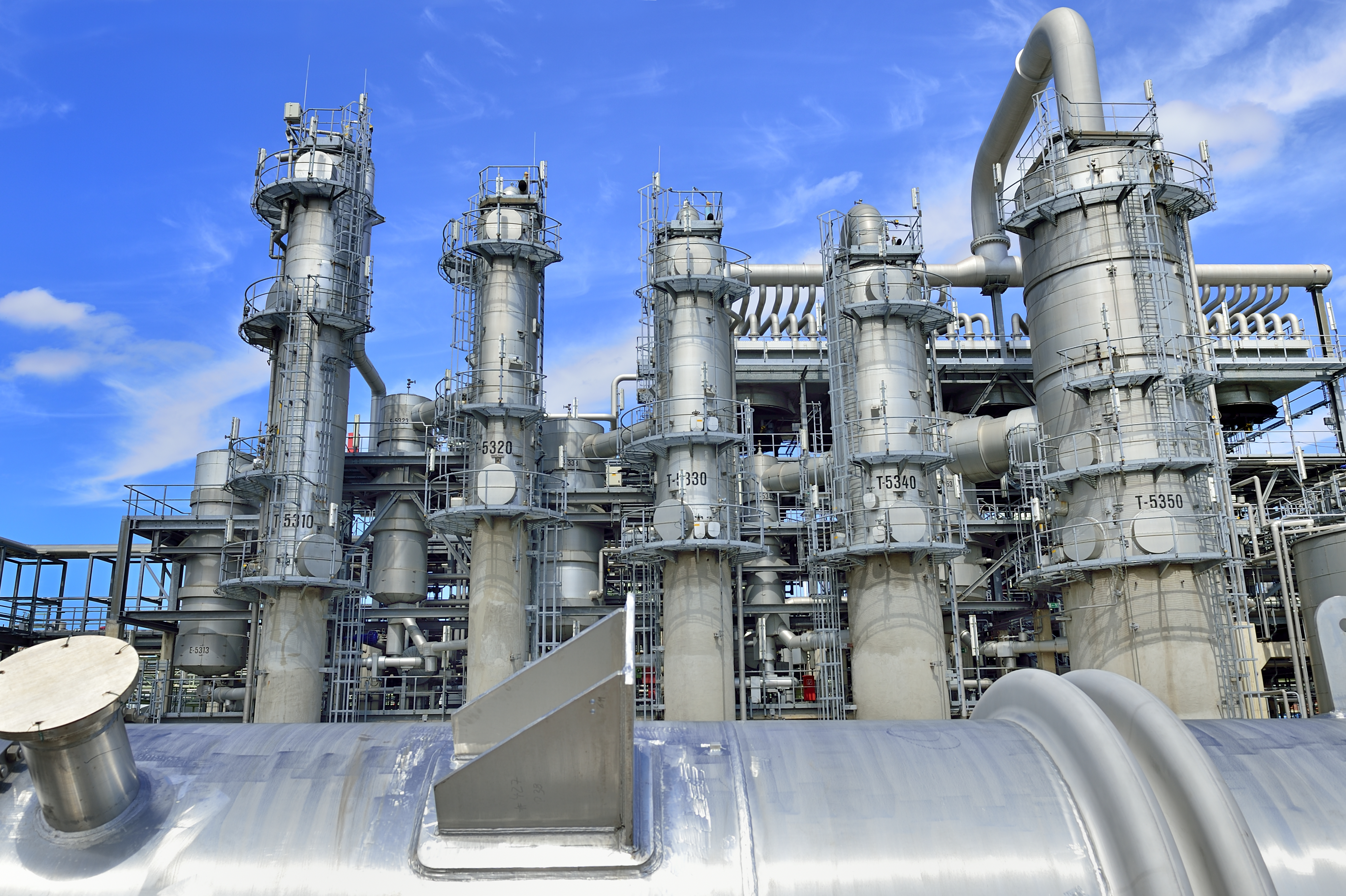Credentials


Hydrogen is an alternative fuel for mobility, where electrification is more difficult.
In 2020, road transport contributed to 24% of the EU’s total carbon dioxide emissions.
Whilst it is possible to use electric batteries to decarbonise smaller vehicles, larger vehicles, such as heavy-duty vehicles or trains, are much harder to decarbonise using batteries. This is due to the size and weight of said batteries required to power large vehicles.
Hydrogen can be used in these vehicles through a technology called “fuel cell technology”. This uses hydrogen as the fuel source. However, unlike an engine, a fuel cell doesn’t burn hydrogen. Instead, the hydrogen is fused chemically with oxygen from the air to make water. In the process, electricity is released and is used to power an electric motor. The fuel cell engine is the same size as a traditional engine. More on fuel cell technology

Hydrogen can also be used to decarbonise shipping and aviation.
For inland waterways and short-sea shipping, hydrogen can become an alternative low-emission fuel. Fuel cell technology can used to power these vessels.
On the other hand, for longer distance deep-sea shipping and aviation, hydrogen can be used to produce synthetic “e-fuels”, such as kerosine and methanol. Carbon dioxide can be combined with hydrogen to produce these. The CO2 can be sourced from biogenic sources, or from industrial processes where the CO2 would otherwise be released to the atmosphere.

Hydrogen is one of the leading options to convert renewable electricity into a fuel that can be stored and transported over long distances.

Hydrogen use today is dominated by industry in their processes. This includes steel, glass, and chemical plants, as well as oil refineries.
Hydrogen, combined with carbon from carbon dioxide, is used to produce hydrocarbons. Additionally, it can be used in combination with nitrogen to produce ammonia, which is used as a feedstock for fertilizers.
Currently industry vastly use fossil-based “grey” hydrogen. However, if replaced by renewable hydrogen, the impact on the environment would significantly decrease.
